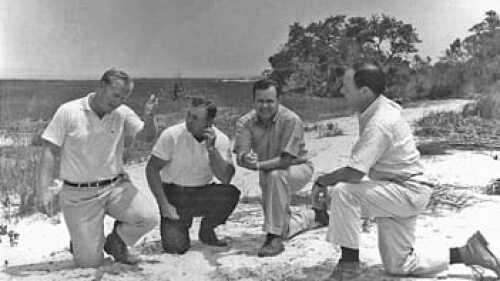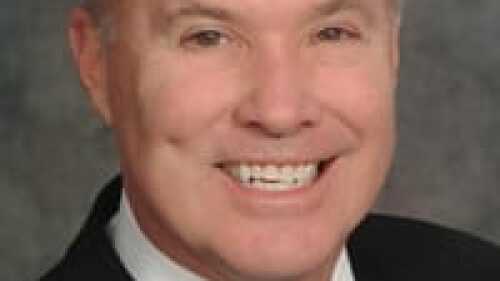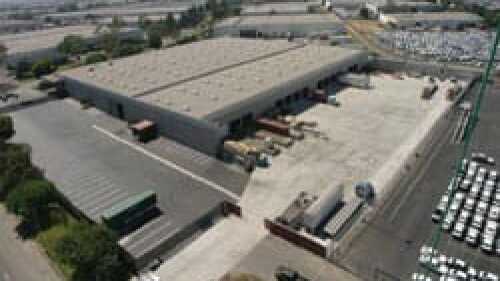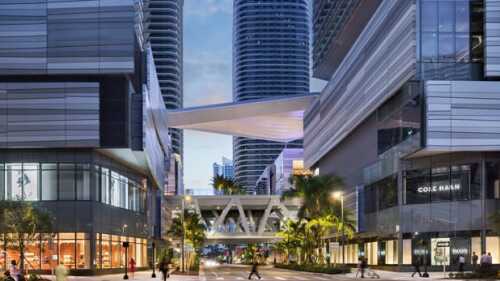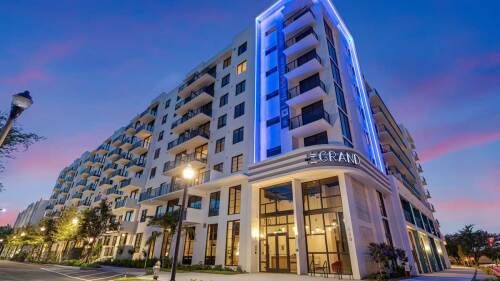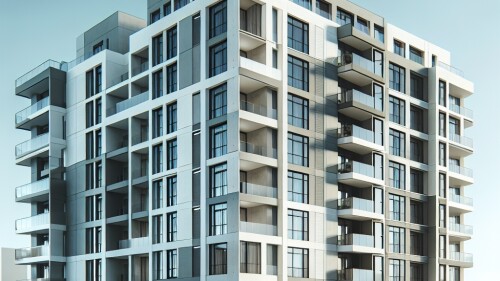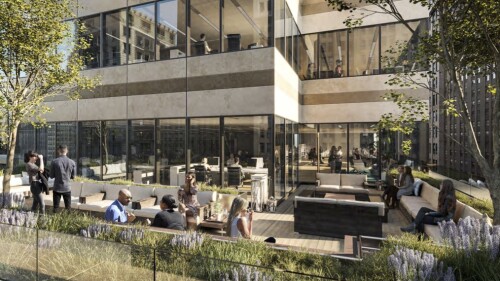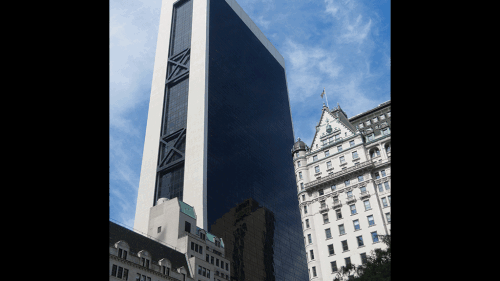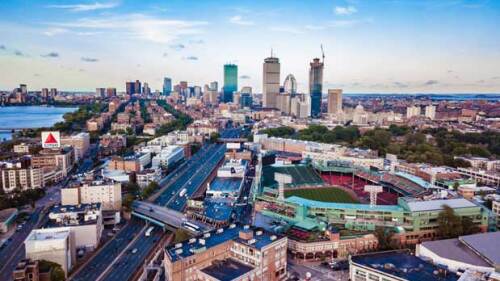Property Types
Hotels and Resorts
With an inclination for hiring the young and entrusting them with much responsibility, Charles Fraser employed many budding real estate professionals who eventually became accomplished leaders in both the industry and ULI, including four who became ULI chairmen.
In July of 2012, the community of Mammoth Lakes in California filed for Chapter 9 bankruptcy. The third most-visited ski area in the United States, the community is fighting its way back from the brink.
Far from the gloomy tone of last year’s discussion on the same topic, lifestyle resort developers at ULI’s 2013 Spring Meeting in San Diego were saying: “Viva Mexico!” and touting the success of developments from Virginia to Montana to Hawaii.
Industrial
What does economic recovery mean for the industrial and office sectors?
A sustainably designed, adaptive-use, urban food factory in Portland, Oregon, helps a neighborhood suffering urban decay, foreclosures, and job losses.
As the balance sheets of corporate America are getting stronger and companies that can lease or buy are trading up to Class A industrial properties, the Class B and C buildings have to be rehabilitated to compete and to provide faster delivery. Hear from experts about a number of Southern California projects that transformed industrial properties.
Mixed-Use
In 2017, the New York–based Northwood Investors spent $1.2 billion to purchase Ballantyne Corporate Park, a highly successful office property in Charlotte—the single-largest real estate transaction in North Carolina’s history at the time.
In 2018, downtown Fort Lauderdale added just over 1,000 residential units. An additional 3,000 units have already come to market so far in 2019, with more underway. While speakers at ULI Southeast Florida’s “Fort Lauderdale Emerges” event acknowledged the risk of overbuilding, they were also confident that a blockbuster mixed-use project will attract interest for decades to come.
Ten projects create synergy among different uses.
Multifamily
The Institute’s Terwilliger Center for Housing has selected the state of Florida’s ‘Live Local Act’ as the winner of the 2024 ULI Robert C. Larson Housing Policy Leadership Award
As the Fed began a series of rate hikes in 2022, the apartment market went from one of frenzied growth and optimism to a market characterized by decline, be it declining sales volume, declining occupancy, or declining values. As we near year’s end, stability and even positive momentum have begun to take hold, and there is good reason to expect them to carry into 2025 with the return of large, open-ended funds and an improved debt environment.
The U.S. multifamily market was on fire in 2021 and 2022, a time when rent growth hit record highs due to soaring demand. But the market has since come back down to Earth as fundamentals stabilized. Now, amid ongoing high interest rates, heightened deliveries of supply, and deceleration of job growth, many multifamily investors are exploring different strategies to diversify their portfolios, add revenue, take advantage of opportunities, and maintain a competitive edge.
Office
The Manhattan office market is beginning to make a comeback, but much has changed since the start of the COVID-19 pandemic. The persistence of hybrid and remote work have changed the equation for commercial rentals, both in terms of landlord-tenant relationships and the quality of office product on offer.
One of New York City’s busiest corridors is set for one of its biggest transformations in years. The area around Manhattan’s Penn Station has long been considered a sore spot for the city, as top-tier retail stores moved to more flourishing areas and local buildings became outdated. But now, with a billion-dollar plan by a New York state agency underway to revitalize public transit infrastructure in and around Penn Station, there is serious momentum for the Midtown neighborhood, which has stalled in growth as surrounding neighborhoods have evolved.
Tattooed, tanned, and tousled, 48-year-old Stefan Quinn Soloviev looks like an athletic nerd who stepped out of a Mad Max film, but don’t let his appearance fool you. Soloviev is one of the largest landowners in the United States—number 21, according to Landreport.com—with a portfolio that includes some of Manhattan’s most coveted properties.
Residental
With an unemployment rate of 2.6 percent, a diverse economy anchored by health and education institutions, and a flourishing tech and life sciences sector, Greater Boston appears poised for continued growth, even with the specter of a potential recession on the horizon. But, like many other growing U.S. cities, the demand for housing far outstrips the supply. Much of the expanding workforce is in danger of being priced out of the market, as are many longtime residents.
Using available land is a key strategy for filling the District of Columbia’s need for affordable housing units, Mayor Muriel Bowser said at ULI’s Fall Meeting in Washington, D.C. Bowser recently articulated her vision to construct 36,000 additional housing units in the District by 2025.
No single solution exists among the efforts to deliver attainable and affordable housing in a country where home prices continue to escalate significantly and the dream of homeownership is out of reach of millions of households, an expert panel told attendees at ULI’s 2019 Fall Meeting in Washington, D.C.
Retail
For decades, civic leaders have tried to revitalize Market Street, San Francisco’s central thoroughfare, only to see their efforts founder. “I sometimes call it the great white whale of San Francisco,” says Eric Tao, managing partner at L37 Development in San Francisco and co-chair of ULI San Francisco. “Every new mayor, every new planning director, every new economic development director has chased that white whale.” This year, however, an international competition of ideas hosted and run by ULI San Francisco, with support from the ULI Foundation, generated fresh momentum for reimagining the boulevard. The competition drew 173 submissions from nine countries and sparked new conversations about the future of downtown San Francisco.
The OAK project began in 2009, when a development firm set their sights on the corner of Northwest Expressway and North Pennsylvania Avenue, the state’s most important and busiest retail intersection. As the region’s only parcel capable of supporting a vertically integrated project of this scale and density, that land represented an opportunity to create something truly special.
As aging retail continue to evolve, one increasingly popular trend has been to redesign malls as town centers—recalling a time when such commercial districts were the heart and soul of a community. Mall–to–town center retrofits are emerging throughout the nation, especially in suburban communities, where pedestrian-friendly, mixed-use environments are highly attractive to millennials now raising families.

